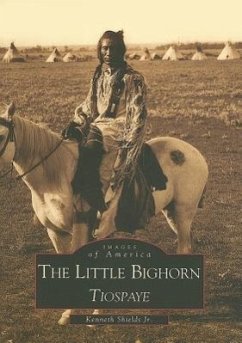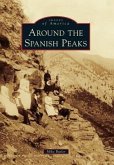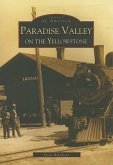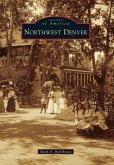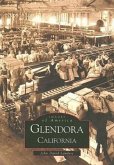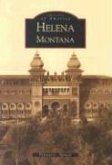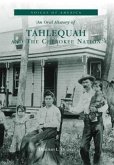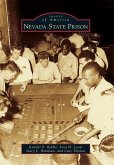In June of 1876, members of various northern Plains tribes gathered at the Little Bighorn River to form the largest Indian encampment in recorded American history. The huge gathering, called Tiospaye, encompassed over 1,000 lodges housing approximately 7,000 men, women, and children. The over 200 vintage photographs portrayed here represent the weeks just before the infamous Battle of Little Bighorn and the creation of legends. Two major events occurred in June 1876 that would forever alter the course of Native American history. The defeat of Custer and the Seventh Cavalry was the most infamous event, but only the ending to a greater celebration. Offering a portrait of a people at the renaissance of their culture, this new book showcases images of the lifestyle of the encampment and the many brave leaders who fought at Little Bighorn, including Sitting Bull and the author's grandfather, Feather Earring.
Hinweis: Dieser Artikel kann nur an eine deutsche Lieferadresse ausgeliefert werden.
Hinweis: Dieser Artikel kann nur an eine deutsche Lieferadresse ausgeliefert werden.

